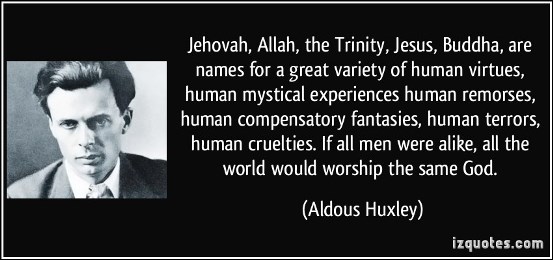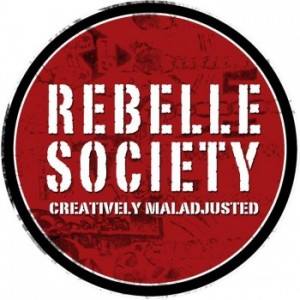Is ‘Deep’ Buddhism a Religion?
Buddhism, as many of us practice it, or deep Buddhism, as Roshi Joan Halifax likes to call it, is not a religion. If it must be called a religion, it should be called a maverick religion.
It’s been difficult to explain our perspective and practice to devout Orthodox and Catholic Christian relatives, as well as to atheist and religion-averse friends. Indeed, there are Buddhists everywhere practicing what looks like, and probably is, religion.
Where to begin. The simplest way to explain the difference between Religions, as most people think of them, and deep Buddhism, is to classify our deep Buddhist practices as maverick, rather than custodial in nature.
Deep Buddhism is essentially the use of everything at our disposal for the purpose of awakening. From emotional angst to relationship with others, we deepen our understanding and connection with all of life, to evolve.
We may have rituals and incense, but these are structures for sharpening the attention, and for holding a tight container of heightened awareness in a group.
We may bow before statues or each other, and have strict rules of conduct, but these are all symbolic of our great psychological practice — the taming of the ego-tiger. It is not worship.
In the book The Gods of Eden by William Bramley, there is a fascinating division of world religions based on whether or not the religion’s focus is projected externally, to serve an outer God (custodial), or internally, to resolve relationships with self and other (maverick).
Here is an excerpt from this list:
Custodial Religions
1. Source or inspiration of teachings is said to be a God, angel, or supernatural force; not a human being.
2. Belief in a single Supreme Being, or God, is a principle cornerstone of faith. (In earlier times, worship of many humanlike Gods.)
3. Physical immortality is an important or desired goal in many custodial religions. Adherence to doctrine, based upon faith or obedience alone, is stressed.
4. Severe or fatal physical punishments are sometimes employed or advocated during the religion’s history to deal with nonbelievers or backsliders.
5. Belief that being born in a human body, either once or many times through reincarnation, is part of a broad spiritual plan which will ultimately benefit every human being.
6. Belief that there are higher forces, Gods, or supernatural entities which control people’s individual or collective fates. Human beings have no control over those forces and can only yield to them.
7. Belief that only one Supreme Being alone created the physical universe.
8. Human suffering, toil, and enslavement are part of a broader spiritual plan which will ultimately lead to salvation and freedom for those who obediently endure it.
9. Spiritual recovery and salvation depend entirely upon the grace of God or other supernatural entity.
Some of those probably look familiar.
Now, let’s take a look at this:
Maverick Religions
1. Source or inspiration of teachings is said to be an identifiable human being. Belief in a Supreme Being is usually tolerated, but is a minor or nonexistent part of doctrine.
2. Emphasis is placed on the role of the individual spiritual being in relation to the universe.
3. Spiritual freedom and immortality are sought. Endless existence in the same physical body is deemed unimportant or undesirable.
4. Observation and reason are held to be the proper foundations for adhering to a doctrine. Physical punishments or duress are very mild to nonexistent.
5. Severest punishment is usually formal exclusion of an individual from the religious organization.
6. Belief that there is no hidden spiritual purpose to human existence and that the process of death-amnesia-rebirth causes spiritual decay.
7. Belief that all people are ultimately responsible for having created their own conditions in life, good and bad, by the known actions and inactions, and that all people can ultimately control their own destinies.
8. Belief that everyone has something to do with the creation and/or perpetuation of the physical universe.
9. Human suffering, toil, and enslavement are social ills that have no constructive purpose and stand in the way of spiritual salvation and freedom.
10. Spiritual recovery and salvation are entirely up to the individual to achieve through his or her own self-motivated effort.
Which list sounds like it would contribute to a saner, healthier world? Why do you think so?
In Blue Sky Hollow Bones Zen, as with many awakening communities throughout the world, realization is taking place, liberating its practitioners and bringing them peace, through the methods prescribed by each tradition. These traditions are transmitted, from Teacher to Student.
As it happens with all transmissions, things get lost in translation, and other things get added.
Perhaps a good way to know what’s what is to understand Bramley’s list.
*****


